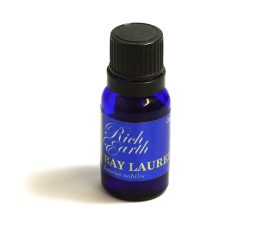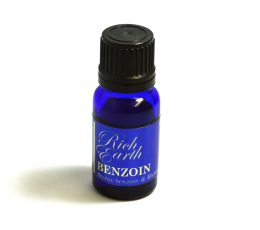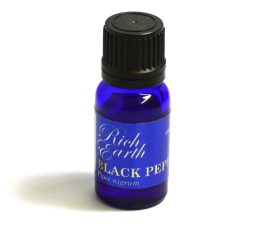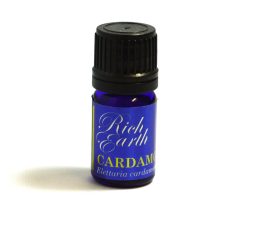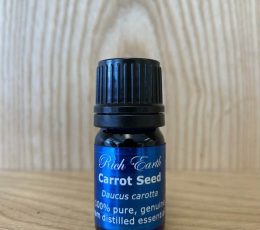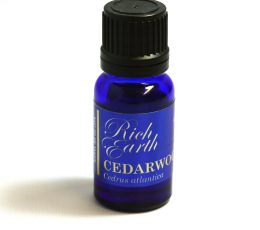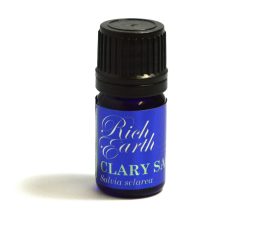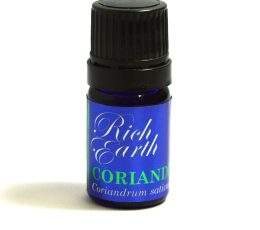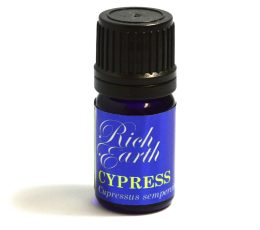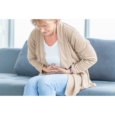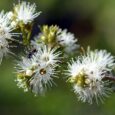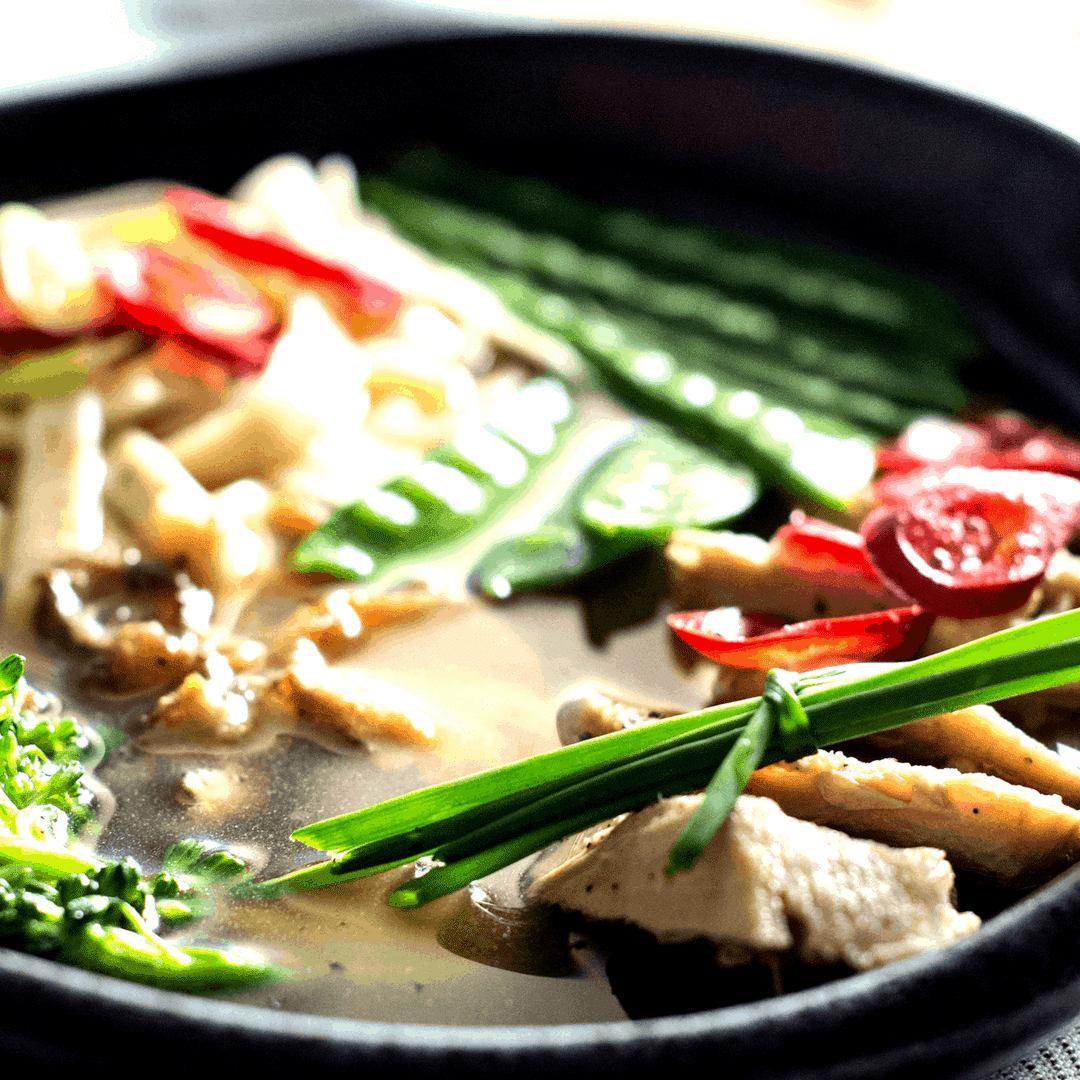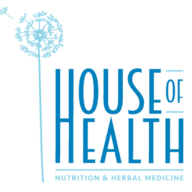There is an abundance of information on the internet and social media about essential oils but not much about essential oil safety.
Generally, the information is in the form of pretty aggressive strategies from multi-level marketing companies that hire untrained* “wellness advocates” to pitch their products to.
My concern, as a health professional who is qualified in both herbal medicine and aromatherapy, is the promotion of UNSAFE use of the oils.
There are megabrands that use synthetic imitations of oils or blends, without disclosing the details, nor with adequate education about the risks, or promotion of essential oil safety. So unscrupulous are some that warnings have been issued to at least three prominent companies for making false claims.
So how can you be sure that you are getting a genuine, authentic and ethically produced product?
Oils should be blended with a carrier oil, such as jojoba oil, in safe dilutions. This dilution varies according the oil and the intended use.
What makes an Essential Oil Unsafe?
There are two main factors influencing essential oil safety. One is the type of oil, which includes the cultivar as well as its purity, and the other is the way the oil is used. For example, Lavendula angustifolia is a much safer essential oil than Lavendula spicata, which is higher in camphor, a potential respiratory suppressant.
Essential oils are extremely strong concentrates of the plant from which they are produced.
For example, Oregano, a common kitchen herb: in your kitchen you might use 1 teaspoon of dried herbs, or 2 to 4 teaspoons of fresh herbs in a dish to feed 4-6 people. It takes about 1 kg of oregano to produce around ½ mL (10 drops) of the essential oil (ref).
Ingesting oregano oil is potentially hazardous. Read our full safety info on oregano oil here
 It can take 1 kilogram of the herb to produce just a few drops of essential oil.
It can take 1 kilogram of the herb to produce just a few drops of essential oil.But it Says: “Therapeutic Grade”
Bad News: There are no rules around the terms “therapeutic grade”, nor “perfumery grade” or “clinical grade”. These are terms used to sell product, rather than being an independently verified quality.
Marketing often includes claims of the “medical uses” of an oils but these are often things that the herb has been, or is, traditionally used for. This does not necessarily mean the essential oil does the same thing. To date there is limited research using essential oils to back up it’s use in a clinical sense. Be sure to check references!
In 2014, the FDA sent warning letters to large companies marketing via MLM/direct-selling for making unsubstantiated claims that their oils could treat everything from herpes to Ebola.

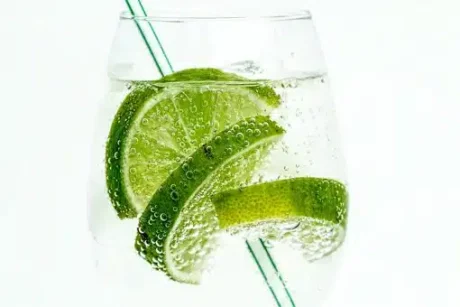 Adding essential oils to your drinks is NOT SAFE
Adding essential oils to your drinks is NOT SAFEIs it Okay to Take Them Orally?
In France there are some medical doctors that use essential oils and herbs as well as conventional drugs in their treatments and sometimes they will use essential oils intensively. Firstly, they are medical doctors and secondly, they have had in depth training into the pharmacological properties of the oils and full data on essential oil safety. They are well-informed of the risks and benefits.
Sellers might use the term “Generally Recognized As Safe” (GRAS) for an essential oil. This means that the oil has been approved by a regulatory body, such as the FSANZ (Food Standards Aust and New Zealand) and/or the EPA or FDA. Such GRAS status is explicitly for the use of essential oils in food flavourings, not for any other use, either topical or for medicinal purposes. GRAS status does NOT mean this essential oil is safe to ingest, it means that the specific essential oil is safe to use in food flavours, the concentrations of which are very low and are tightly regulated.
While this culinary use in a manufactured food item does result in ingestion this does not mean it is safe to add essential oils to your food or your drinks. Neither does it equal “safe to use as a medicine”.
So, What Can Happen?
The most common adverse effect from ingestion is simply stomach irritation. Mucous membranes are quite sensitive to essential oils. You should NOT put them in your mouth unless they are part of a manufactured food item or you are under the care/guidance of an appropriately qualified health care practitioner.
There are several regulatory authorities that do issue guidelines for to ensure essential oil safety. Examples include to what extent specific essential oils should be diluted for topical application. This particularly applies to product manufacturers, so for example if you’re using lemongrass oil in a product, the IFRA (International Fragrance Association) guideline for lemongrass oil is 0.7% to avoid allergic reactions.
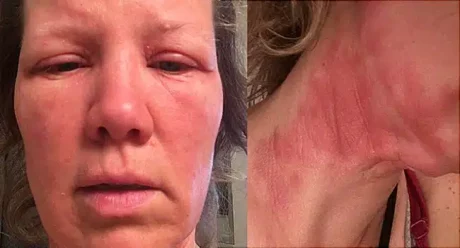 Essential oils can burn. This might not even be immediate.
Essential oils can burn. This might not even be immediate.Accidental use can lead to devastating effects. In 2004 a man used a premade mix of essential oils in his eye, believing they were eye drops. His cornea was severely damaged.
The same essential oil mix was used, neat, in the nostrils of an infant – to help clear an infection. The child immediately showed signs of respiratory distress and was taken to the emergency room. Two hours after admission his eyes became inflamed, and examination revealed bilateral superficial corneal scarring.
EVEN THOUGH THEY ARE NATURAL PRODUCTS
THEY CAN DO REAL DAMAGE
Are they Safe to Use on my Skin?
Used properly, good quality, unadulterated essential oils have a high degree of safety.
There are three types of adverse reactions when essential oils are used on the skin. One is phototoxicity which has always been widely recognized as a risk by trained aromatherapists.
Phototoxicity only applies to a very small number of oils (mostly citrus fruit oils), if they are applied to the skin in very high dilution (or a lower dilution but you are on medications that also increase the sensitivity of the skin). Going into the sunshine can cause a very, very bad reaction.
In one case report a woman suffered third-degree burns after applying citrus essential oils and then going to a hot yoga session and a session on a tanning bed!
“.. A GROWING NUMBER OF CONSUMERS WITH CHEMICAL
BURNS, ALLERGIC REACTIONS, RESPIRATORY ISSUES,
AND OTHER SIDE EFFECTS FROM USING ESSENTIAL OILS..”
Allergic Reactions
The other two types of reaction are allergy and irritation, which are not the same thing, even though they can look similar.
If you have an irritation reaction, the reaction will subside fairly quickly after you stop using the product and remove the oil from the skin.
An allergic reaction tends to cause an inflamed reaction for many hours, sometimes even longer. With an allergy, the reaction will reoccur every time you use the same product in the same (or even a weaker) dilution.
What has happened is your immune system has created antibodies to what you have used, and you can assume that you will have that allergic reaction for life now. So, you really want to avoid this happening.
Using lemongrass oil, undiluted on your skin, increases the risk of an allergic reaction. And the risk increases the more often you use the lemongrass.
There are a number of other oils that are high risk and there are guidelines for all of these; sensible guidelines where if you dilute it sufficiently the risk is reduced to being a negligible risk. There is no such thing as zero risk in this world, but it is prudent to reduce the risk to an absolute minimum.
As well as adverse skin reactions, there is also the possibility of interactions with medications, the chance of risks during pregnancy and a higher risk for children and the infirm, frail and elderly.
If you want to read more about allergic and toxic reactions, this article is great. Warning: Images are frightening.
https://www.webmd.com/skin-problems-and-treatments/news/20170809/essential-oils-natural-doesnt-mean-risk-free
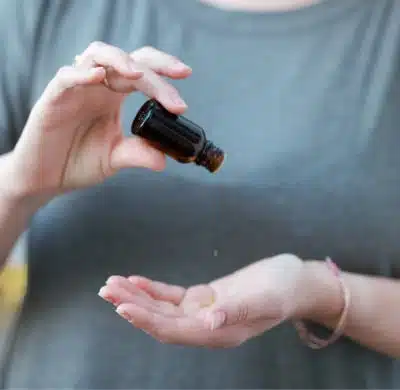
Patch Testing
Conducting a patch test is a fairly good way to determine if something is safe to apply to YOUR skin. You can do this for any skincare product as well. Here’s how to do it.
- Apply the product to a small patch of skin where you are less likely to accidentally wash or rub it away. The inside of the bend of the elbow is a good place.
- Apply the product to a 1cm patch of skin. Apply the product it in the same dilution and as thickly as you would for it’s intended use.
- Leave the product for as long as it would normally be on the skin. If testing a product that is usually washed off, such as a cleanser, keep the patch on for at least 5 minutes.
- Repeat the patch test twice a day for between 7–10 days. A reaction may not happen immediately, so it is important to continue applying the product for this length of time.
What to do if you have an Adverse Reaction
Discontinue the use of that substance immediately.
Wash it off as soon as possible and discontinue stop using it. Apply a cool compress or a plain (known to be safe) oil to dilute the substance in the skin pores to help relieve the irritation.
Report the reaction via the Centre for Adverse Reactions
Last Words
Be alert for such emotive wording as “nourishing to the brain” and “must be used consistently”.
Beware instructions that promote the undiluted use (of even one drop) directly on the skin or for ingestion. Note that these products are being promoted primarily by people with no formal training in health, herbs, nutrition or even aromatherapy.
* by untrained, we refer to the abscence of a formal health education.
To study aromatherapy in New Zealand, go to http://www.aromaflexacademy.com/

